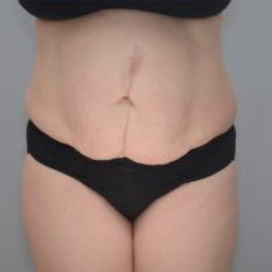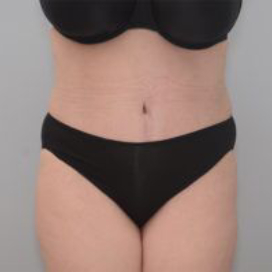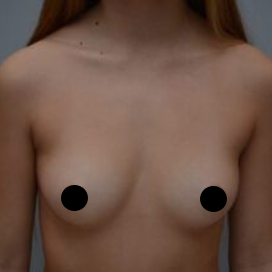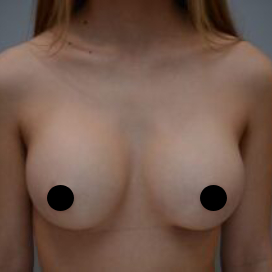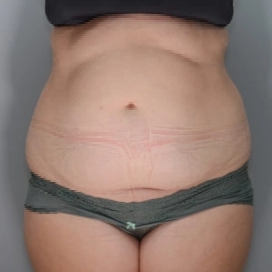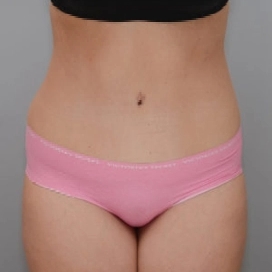The first thing to know is that there are many different types of lasers on the market today. There are lasers that are designed for hair removal, lasers designed to deliver heat to the skin, lasers designed to ablate tissue, and many many others. Within each of these categories, there are several different manufacturers that claim they are the best in their class.
When it comes to skin resurfacing, there are two main categories: ablative and nonablative. Nonablative lasers can deliver energy in the form of heat which can stimulate collagen and improve the skin quality. The way it does this is by “cooking” the tissue to the point where some of it dies and is cleared by your own body. Sometimes there is a peeling phase depending on how much energy is delivered. Ablative lasers differ in that they deliver energy in a way that it vaporizes the tissue. There are two types of lasers that could achieve this kind of treatment: CO2 and Erbium lasers. Traditionally, these lasers were used to treat the entire face and it meant weeks to months of recovery.
I have treated many patients using this method and while the results were great, the amount of time required to look “normal” again was too long. This type of treatment also hurt a lot, so patients needed anesthesia. What I noticed was that patients often had a lot of motivation for about 2-3 weeks. At this point, patients would start to get impatient and restless at how long the recovery process was taking. It was common for patients to take months before the redness went away completely. While the patients were all happy with their results, most would agree that the recovery was harder than they had expected and probably would not repeat the treatment again.
The development of fractional laser resurfacing really changed the way we treat patients with ablative lasers. Fractional laser technology puts down columns of energy that ablate a microscopic core of skin and leaves the tissue in between completely intact. These cores are vaporized after which your body starts to heal these wounds. This stimulates collagen and improves overall tone, texture, pigment, and quality of your skin.
